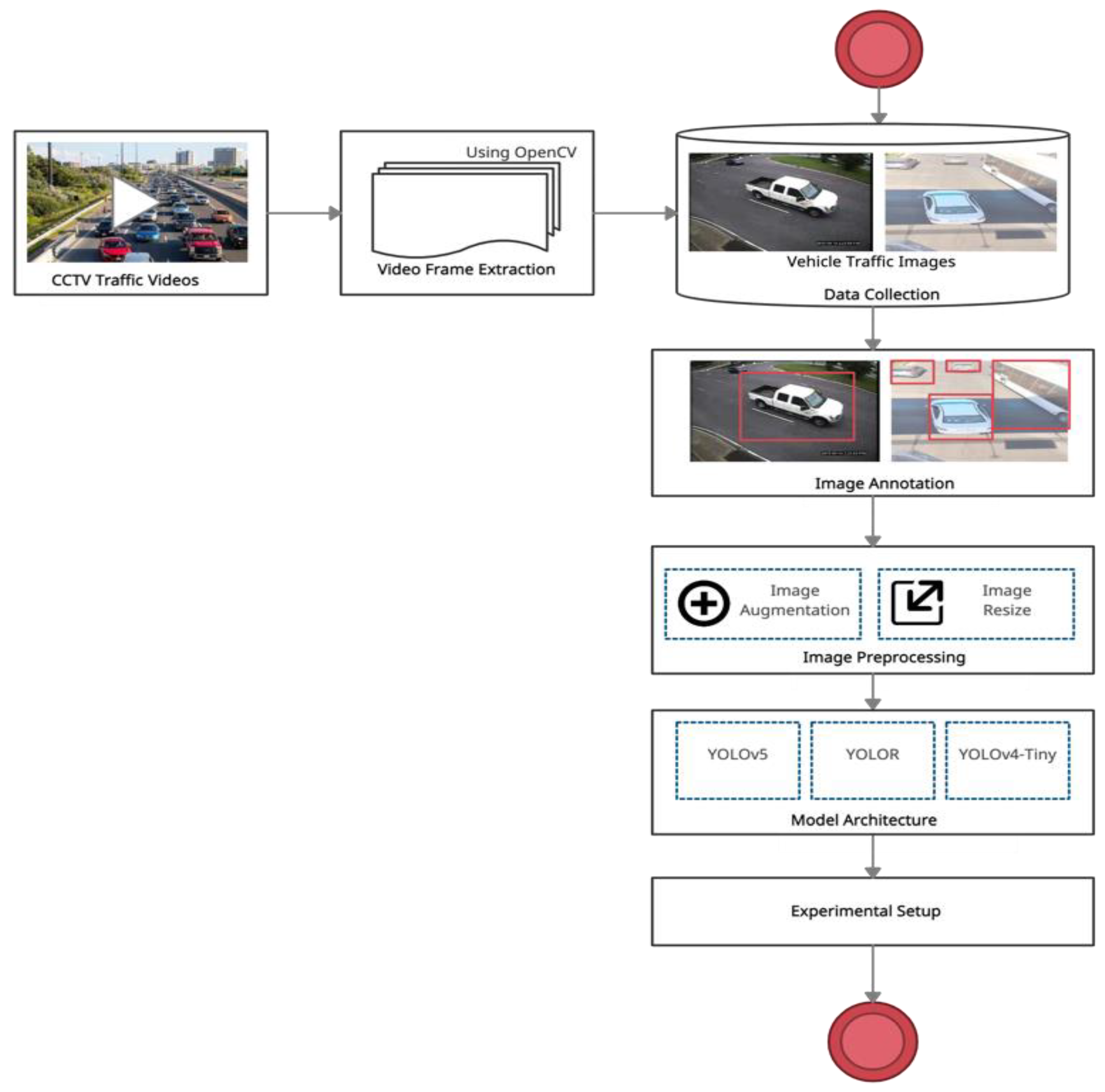Computer Vision Enabled Smart Surveillance for Urban Traffic Control
Main Article Content
Abstract
Urban traffic congestion remains one of the most critical challenges faced by modern cities, directly impacting the environment, public safety, and economic productivity. The integration of Artificial Intelligence (AI) and the Internet of Things (IoT) into Intelligent Transportation Systems (ITS) has emerged as a promising solution for building smarter, more efficient, and sustainable urban mobility frameworks. This paper presents a comprehensive study of AI and IoT applications in ITS, focusing on real-time traffic data acquisition, adaptive traffic signal control, congestion prediction, and smart routing strategies. AI techniques such as machine learning, deep learning, and computer vision are analyzed for their effectiveness in predictive analytics and autonomous decision-making. Simultaneously, the role of IoT in creating a connected network of vehicles, sensors, and infrastructure is explored to enable seamless communication and data exchange. The paper also discusses system architecture models, deployment scenarios, and real-world case studies demonstrating the successful implementation of AI-IoT-powered ITS. Challenges related to data privacy, interoperability, infrastructure costs, and scalability are critically examined. Finally, future directions are proposed, highlighting the integration of 5G, edge computing, and federated learning to enhance the robustness and responsiveness of urban traffic systems. This research contributes valuable insights toward the development of sustainable, intelligent cities driven by next-generation transportation technologies.
